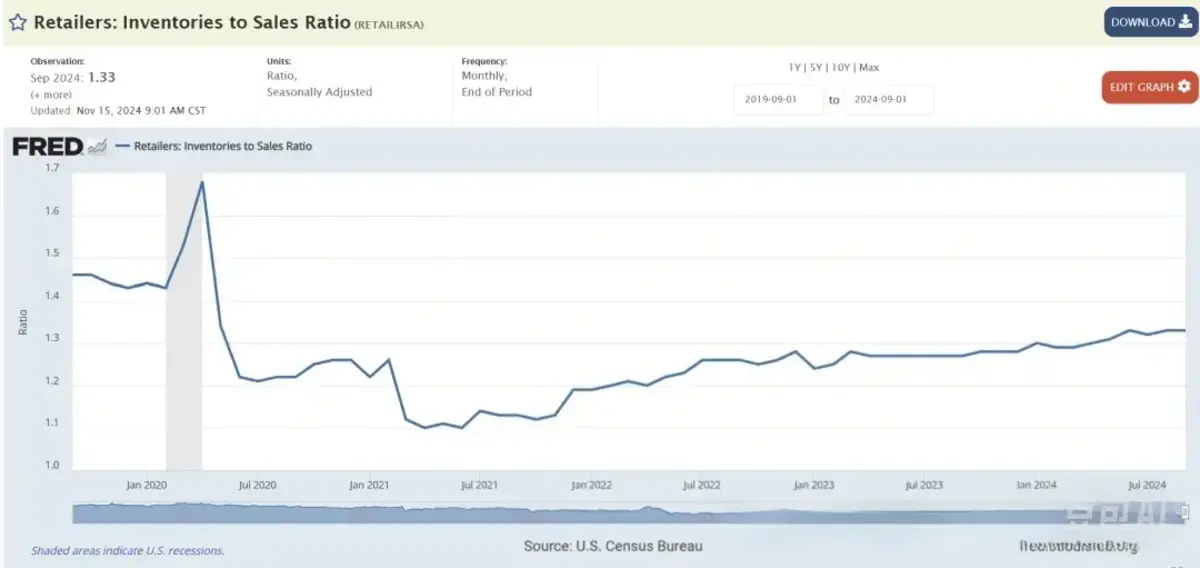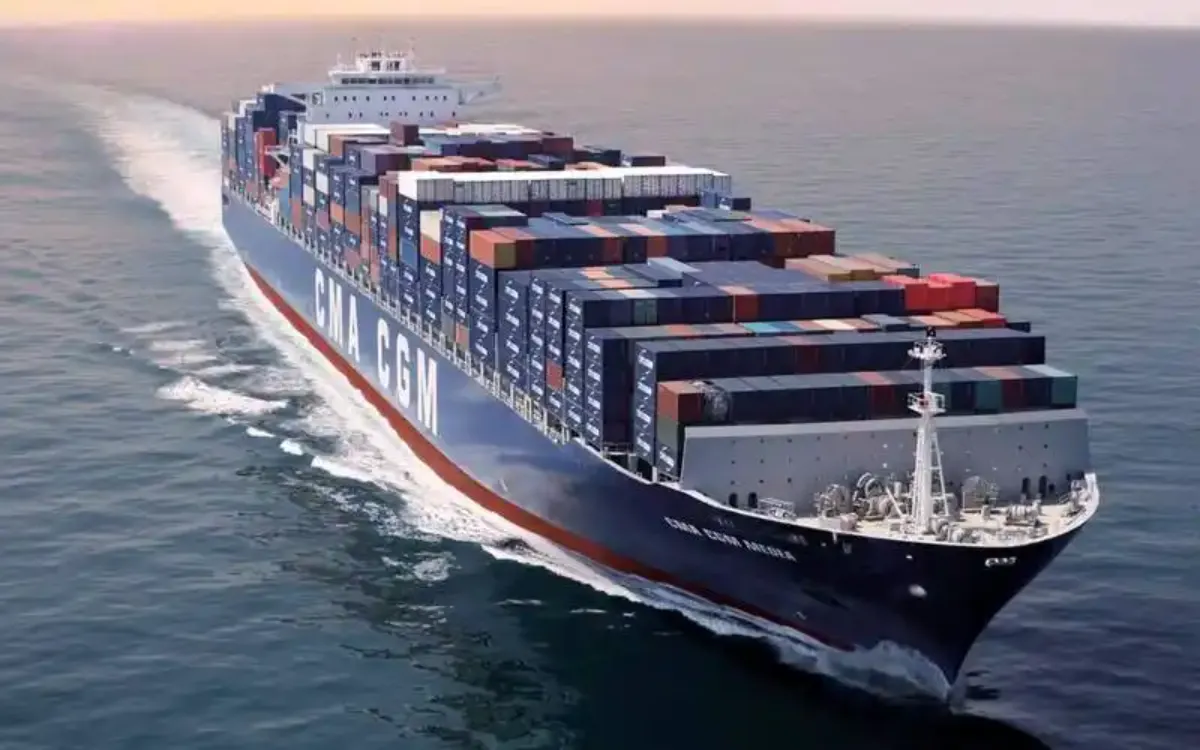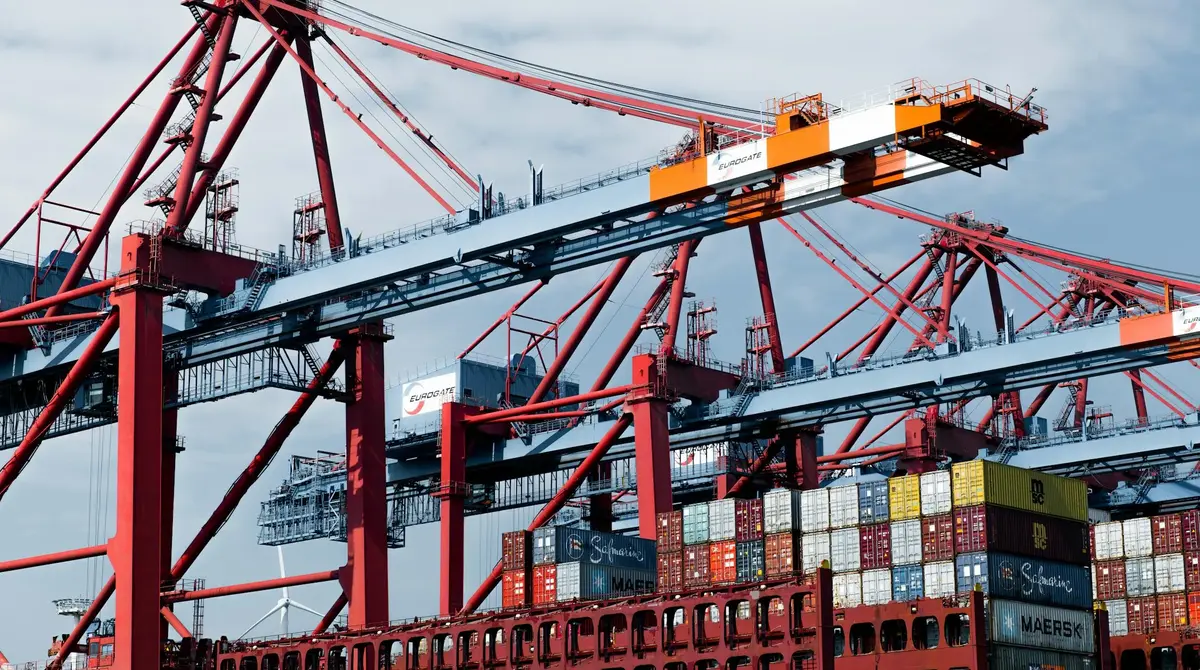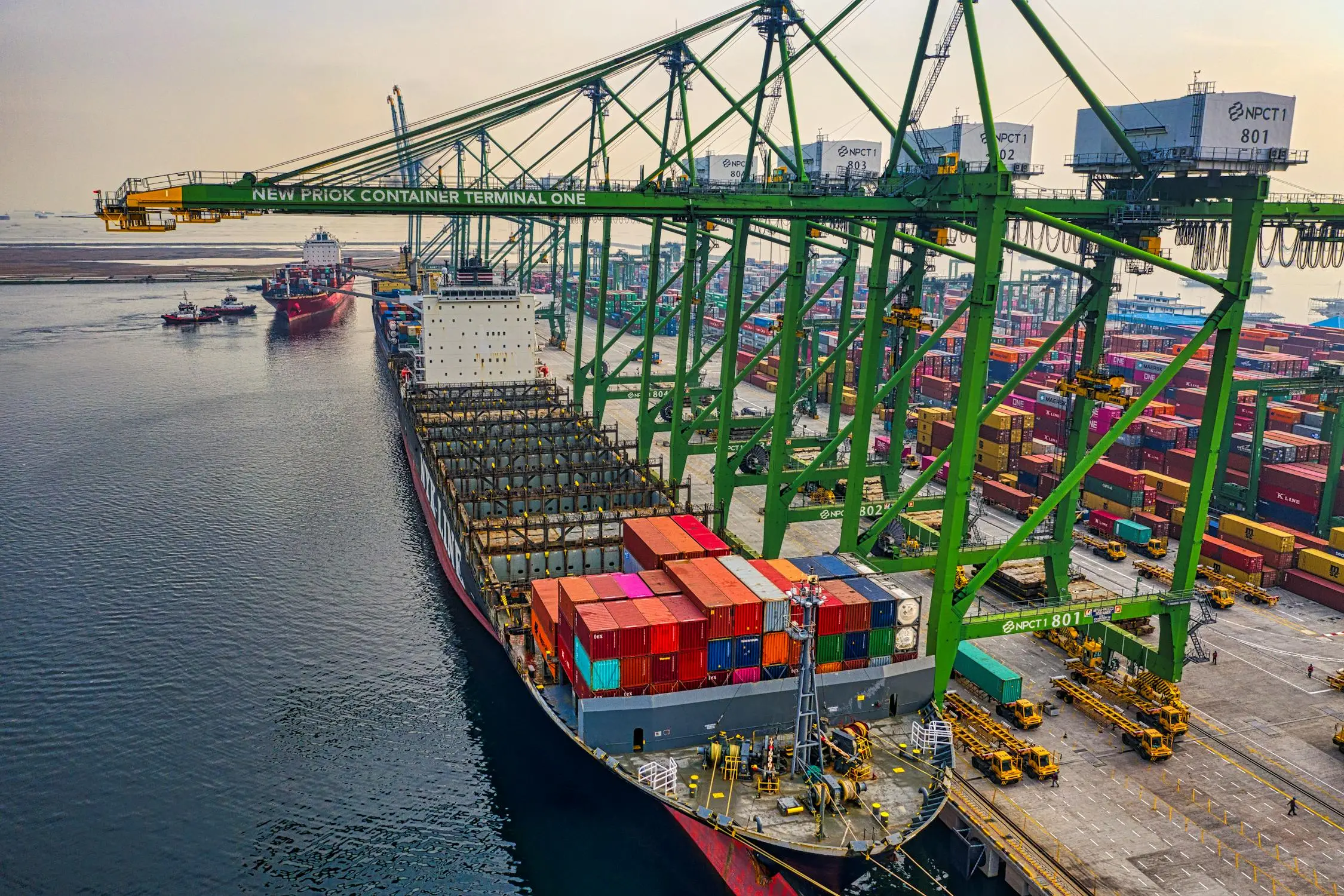Since Trump was re-elected, the topic that has drawn the most attention in the industry is the possible 2.0 version of the tariff policy that Trump might implement against China and other countries. There is a general consensus that, unlike when he was first elected, this time it seems that no one doubts that the Trump administration will actually impose tariffs. All that remains are the issues of timing, magnitude, and pace. Regarding this matter, some are "happy" while others are worried. Human joys and sorrows never truly coincide.
A 60% tariff would be a huge additional burden for American importers. Logically speaking, it should trigger a shipping frenzy. However, the current market is very calm, freight rates continue to decline, and the spot price on the West Coast of the United States is crazily approaching a new low of 2,000. Where is the eagerly anticipated shipping boom?
Let's calmly consider this. Logistics is not like the stock market where stock prices respond immediately to the slightest hint of change. The response in logistics lags. Most importantly, professionals responsible for procurement and logistics will not have an immediate "knee-jerk reaction" to a piece of news. At present, everything regarding Trump's 2.0 tariff is just speculation. There are no actual policies or timetables. How much will the tariffs be increased? What products will they target? When will they be imposed? And will they actually be imposed in the end? Faced with so many uncertainties, it is difficult for importers to react immediately and start blindly stocking up.

Let's first take a look at the current situation of retail inventory sales in the United States. The latest inventory-to-sales ratio (in September) is 1.33, much lower than that in September 2019 before the pandemic. Theoretically, this provides a basis for early shipments. Since the inventory-to-sales ratio is in a dynamic balance, the current low level indicates several things: Importers who have just emerged from the "destocking" trough have not been "mindlessly" and crazily replenishing their inventories, and they have been more cautious in controlling the pace. Equally important is that American retail has been growing in tandem. Stimulated by multiple factors, the volume of U.S. seaborne imports in the third quarter of this year may be the highest except for 2022, especially at ports on the West Coast of the United States. With high cargo volumes meeting fairly good sales growth, the inventory-to-sales ratio has still remained low. In September 2024, U.S. retail inventories increased by 24.8% compared to September 2019, while sales during the same period increased by 37%. So even though imports are on the rise, there is no pressure on inventories.
Although, in terms of inventory levels and the inventory-to-sales ratio index, the U.S. shipping route has the basis for early shipments. However, importers have many things to consider. There are costs associated with preparing goods in advance and storing them in warehouses. Currently, loan interests in the United States are quite high, and financial pressure is an issue. Shippers also have to worry about the potential second strike at the East Coast docks right now. There aren't many time windows left for all-water shipments to the East Coast of the United States. If there isn't any positive progress in the negotiations by the end of this month, it will be more prudent to ship to the West Coast after mid-December. Any changes in the supply chain mean additional work and costs for importers.
Under the "dark cloud" of Trump's 2.0 tariff policy, the "calmness" shown by shippers may seem unexpected but is actually normal. Recently, Ravi Shanker, the chief analyst in charge of the North American transportation industry at Morgan Stanley, surveyed 100 shippers. More than 70% of the surveyed companies indicated that they would not change their inventory replenishment plans just because Trump was re-elected. One-third of the companies said they would consider moderately or significantly increasing their inventories. Surprisingly, as many as 42% of the shippers said they would not change their behavior due to the potential tariffs.
The 2018 tariffs were implemented in three batches, and there were two postponements of the levy time, artificially creating five "mini-peak seasons". How will the 2.0 tariff war in 2025 unfold? Compared with the nervousness and chaos during the first round, everyone seems to be in a more stable mood this time and will act after careful consideration. Will there really be no shipping boom triggered by the tariffs? There will be, but only after the specific policies and timetables become clearer, not now. If only a small number of customers take early action, it won't be enough to affect the entire supply and demand relationship. November is originally an off-season when things are in a lull. Going forward, the two main factors that will affect the short-term market cargo volume trend are still the potential second strike on the East Coast of the United States and the Chinese Spring Festival.
 Easy Shipping From Global, Save Cost
Easy Shipping From Global, Save Cost













